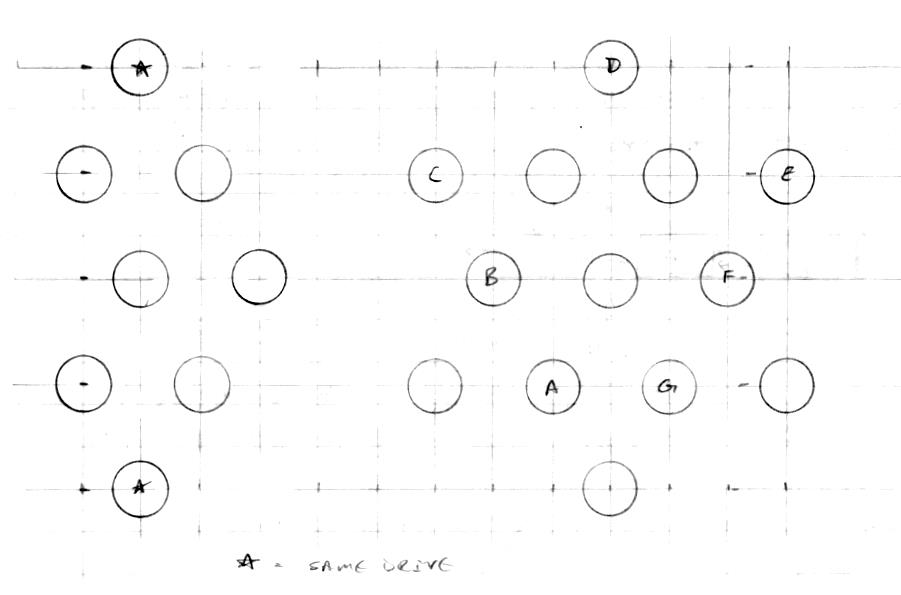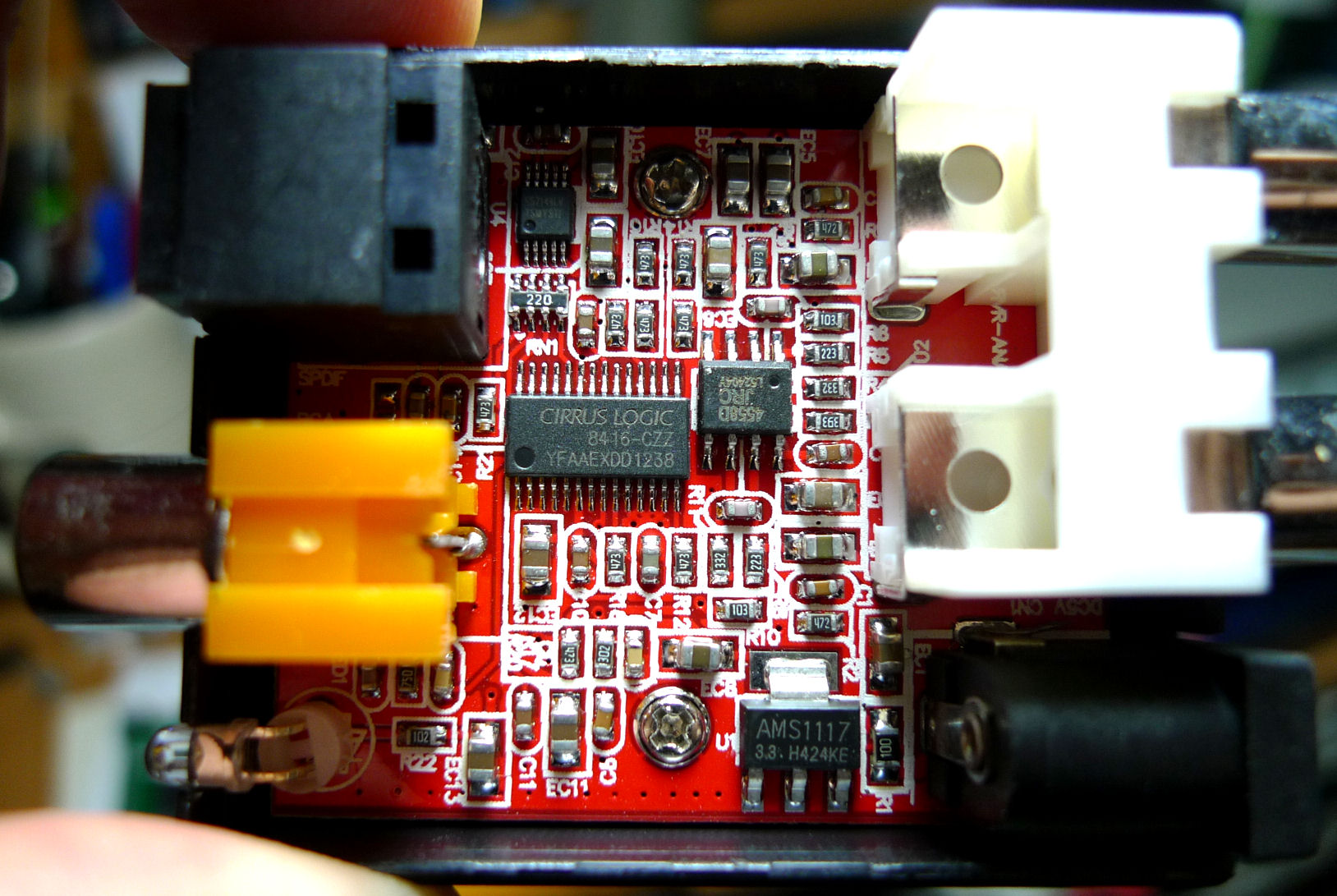"Not that I'm anywhere near the artisan he was, but I wonder if Stradivarius had people hectoring him to "just slap some varnish on that hunk of carved wood and get it out the door!" The research I'm doing now is broadly applicable and so has much reuse ability for future electronic musical instruments of mine, so I'm treading slowly (and hopefully surely). Does no one read Aesop anymore?" - Dewster
AMEN!
"The research I'm doing now is broadly applicable and so has much reuse ability for future electronic musical instruments of mine"
And not just yours! - You have shared every detail - its there for you, for me, and for any others now or in whatever future we (or those who follow /advance the art ) have.
And you know you are unlikely to get a word of thanks for this effort, and unlikely to even recover your expenses.. But you carry on - calmly, hardly (unlike me ;-) ever even raising your voice in objection at the unjustified attacks from trolls (who really dont like any "revealing" by the likes of you, of what they want kept in the dark, and long for the days of technical ignorance when they could peddle their BS to gullible thereminists .. Their motto may well be "lets hope its not true - but if it is true, lets hope its not believed"* - then, when its proved to be true, do everything they can to ensure its not believed )
Fred.
*On hearing, one June afternoon in 1860, the suggestion that mankind was descended from the apes, the wife of the Bishop of Worcester is said to have exclaimed, ‘My dear, descended from the apes! Let us hope it is not true, but if it is, let us pray that it will not become generally known.’
As it turns out, she need not have been quite so worried: we are not descended from the apes, though we do share a common ancestor with them. Even though the distinction may have been too subtle to offer her much comfort, it is nevertheless important.




